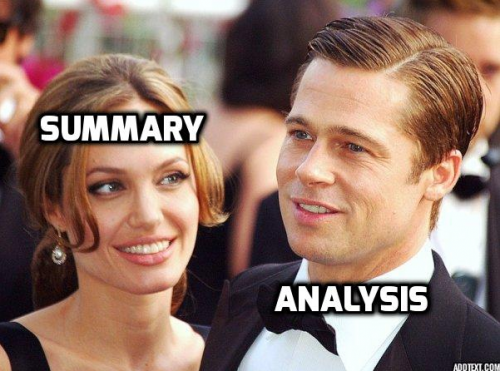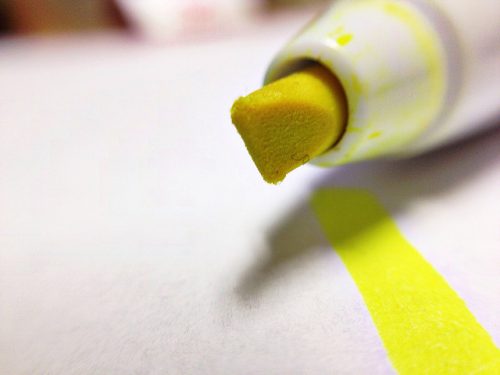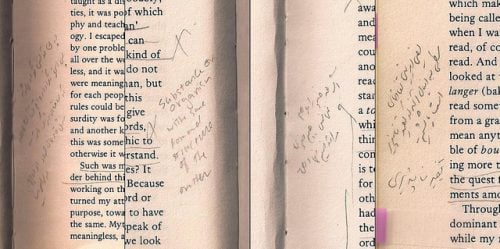Do you remember when Brangelina first happened? Brad Pitt and Angelina Jolie were both pretty good on their own, but when they got together, they became an instant Hollywood power couple.
In the world of literature and essay-writing, the Brangelina of essays is the summary analysis.
 t
t
By now, you’ve probably written more analysis essays than you can count, and summaries too. So what’s so different about a summary analysis?
Well, it’s not just about mashing the two types of essays together and hoping everything works out. It’s about writing a cohesive paper that intertwines both elements to create the ultimate essay power couple.
You’re not on your own for this. I’ll give you more details about what a summary analysis is, as well as how to prepare for and write one yourself.
What Is a Summary Analysis?
At the surface, a summary analysis is exactly what it sounds like—part summary, part analysis. But many students find it difficult to combine the two. They write their summary and then their analysis, but that’s not the most effective way of doing it.
The better way? Do both at once.
In other words, don’t write your entire summary all at once. Instead, write a little bit of summary and a little bit of analysis, alternating between them. Doing it this way allows you to refer directly to the part of the summary you’re analyzing at the moment.
This might sound a little confusing right now, but with a little bit of advice and practice, your essay will flow much better.
One form of a summary analysis that most people would recognize is the movie review. It gives readers some plot points (hopefully without giving away spoilers) and interprets those in a broader context for a potential audience of moviegoers.
You, however, can and should give away the spoilers of your novel or article—the instructor has most likely read it already anyway. And you’ll want to show you actually read the whole thing.
But for the purposes of my advice below, I’ll do a movie review on the movie that got Brangelina started—Mr. and Mrs. Smith.

What to Do as You’re Reading
Before you start writing your summary analysis, you need to read with intention. That doesn’t mean just reading once for the fun of it. It means taking notes and doing what you can to note important parts of the poem, article, play, or novel.
The are tons of critical reading strategies, including the ones listed below. But you don’t have to use all of them—feel free to choose the ones you like and ditch the ones you don’t.
Highlighting

It may sound basic, but highlighting important plot points, ideas, and characters allows you to go back through when you’re writing your outline and easily see what’s important.
It’s faster than writing notes, but you only mark what’s written in the book. So it’s best to supplement this method with another one that gets more into analysis.
Taking notes

Some people find taking notes as they read to be an easy way to get ahead in their analyses. It takes a bit longer, especially if your notes are hand-written. However, it gives you enough room to record your reactions to certain parts of the text.
One tip to help you keep track of how your notes correlate to the text is to include the page and paragraph numbers.
Annotation

Many people annotate directly in the margins of a book. This allows you to show your response exactly where an important part of the story is.
You can use it to combine analysis and summary by underlining the text in the book and writing a short analysis in the margins.
Behold! The Power of Outlining
Now that you’ve read through and annotated or highlighted the important parts of the text, you can start the writing process. And what’s the first part of the writing process? Organizing your thoughts into an outline.
An outline is especially important when writing a summary analysis because there are many parts to keep track of.
Since you’re not writing a block of summary followed by a block of analysis, your essay has to be more fluid. And the more organized you are from the beginning, the easier it is to write fluidly.
My outline for a summary analysis on Mr. and Mrs. Smith would look like this:
- Introduction
- Hook
- Thesis statement
- Marriage counseling/dull marriage
- Living exciting lives individually doesn’t mean people are exciting together.
- Opposites attract at first but may fizzle out after a while.
- Take each other out
- Sense of anger for each one not telling the other what they did for a living.
- Putting work (as assassins) ahead of love life is literally leading to them destroying each other.
- Rekindled romance
- Being open and honest leads to deeper levels of love.
- In the face of danger, adversity, and challenges, love triumphs.
- Conclusion
Getting to It: Writing Your Summary Analysis
Now that all your thoughts are organized, you can start really diving into writing.
The introduction should include a hook and a thesis statement. The hook is meant to get readers’ attention and entice them to read more. Making a bold statement, asking a rhetorical question, or giving a quote or statistic are all popular ways to create a hook.
Your thesis statement should give some more information and tell the reader what your essay is going to be about.
Here’s what my introduction would look like:
Mr. and Mrs. Smith takes metaphor to the next level by combining love, death, sex, and violence. In this 2005 movie directed by Doug Liman, the Smiths’ journey as a couple directly aligns with their secret lives as assassins and stands as a powerful metaphor for the role of communication and trust in marriage. The movie goes from secrecy to vengeance and finally to a rekindled romance, all while the title characters begin to open up to each other.
Next, we move on to the body paragraphs. You don’t have to stick to a strictly 5-paragraph structure for your summary analysis, unless your instructor tells you to. The important part is to make everything flow together.
Take it sentence by sentence, telling the reader an important summary point and then giving your interpretation of that point and why you think it’s important.
I’m not going to write the entire essay, but here’s what some of the body section would look like. Notice which parts are summary and which are analysis.
After all the anger and betrayal John and Jane Smith went through, they ended up face to face and gun to gun. It’s in this moment that their true vulnerability shows, and they look at each other with new eyes. Their walls had been torn down, and they could now communicate as assassins and as partners. Neither John nor Jane could pull the trigger, and after a passionate make-up, they decided to work together as a team to take out the other assassins who were after them. The Smiths used their strengths as assassins and their newly rekindled romance to prove that love conquers all—even in the face of almost certain destruction.
Finally, after you’ve finished your body paragraphs, you need to wrap it up. Your conclusion should briefly restate your thesis in new words and using new information that came to light in your body paragraphs. This will give your essay a good sense of closure.
Here’s my conclusion:
While Mr. and Mrs. Smith was certainly not an instant Hollywood classic, it clearly shows how a couple can overcome their issues and learn to work as a team. By using such a dramatic example of the reasons spouses keep secrets, the film was able to relate openness and how communication can make or break a relationship to a literal life and death situation.
For more inspiration, read through some examples of summary analysis essays:
- A Summary Analysis and Critique of Animal Behavior by Lee Dugatkin
- A Summary, Analysis and Reflection of Number the Stars, a Book by Lois Lowry
- A Summary Analysis of the Movie Grosse Point Blank
Need to write a summary analysis of a poem? Gain some insight from How to Analyze a Poem and Sound Smart Doing It.
Closing Thoughts
If you still don’t feel confident after your first draft, it’s okay—no one gets everything perfect the first time around.
Read it over, make revisions, and if you still don’t like it, send it to one of the Kibin editors to have a look at. We’ll make edits and give you suggestions to make your essay killer.

